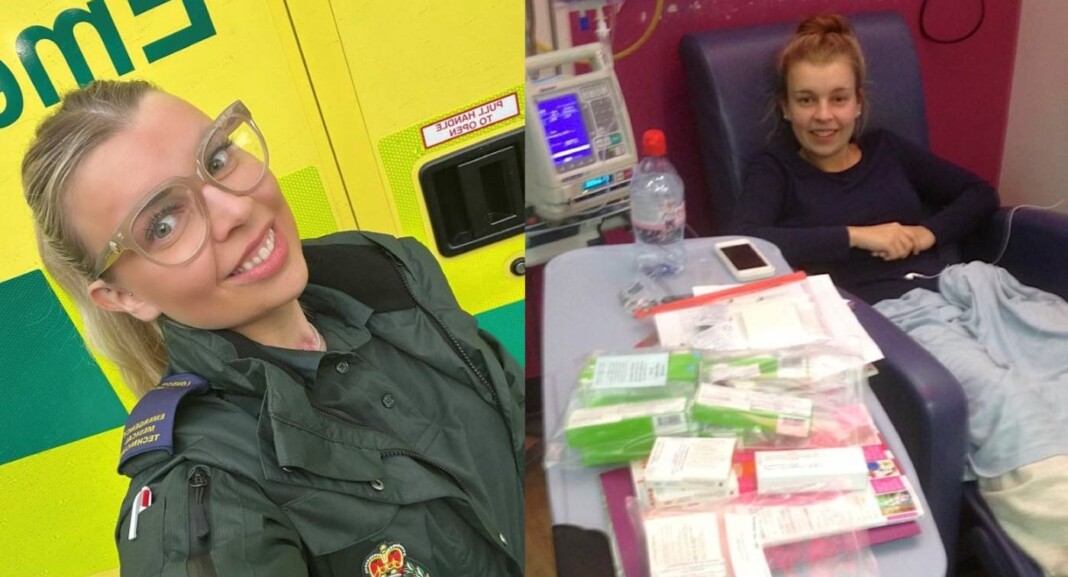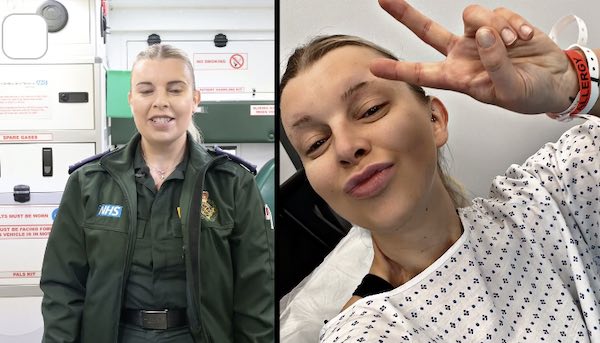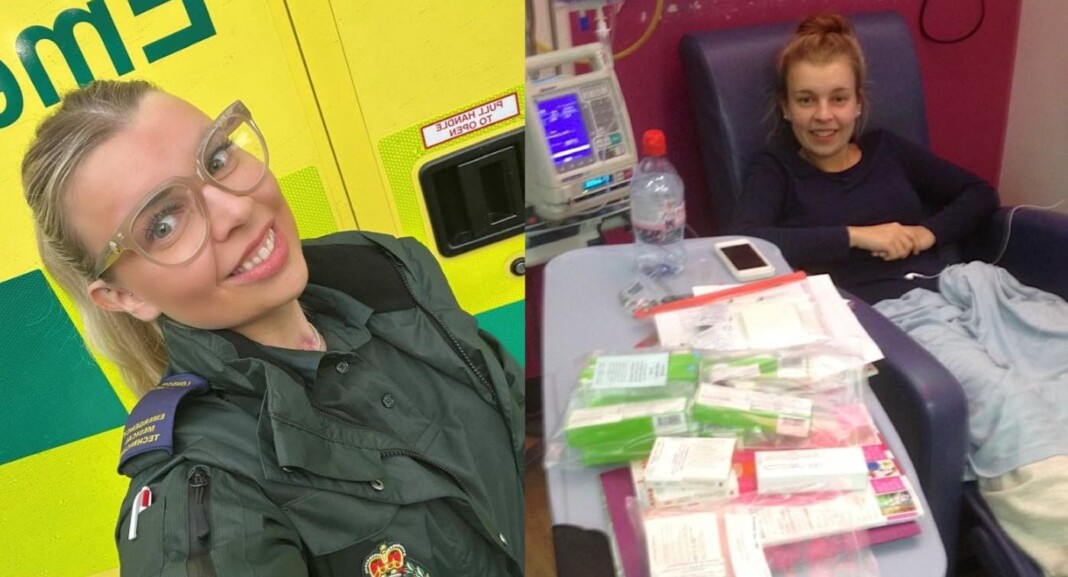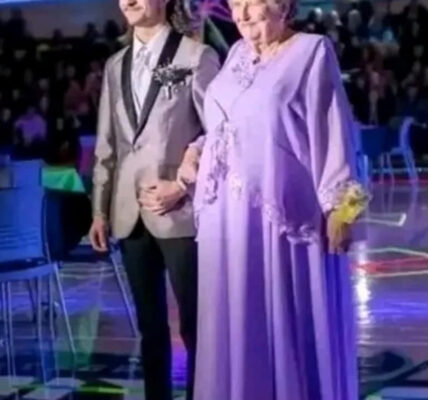
Katherine Murrell has stared cancer in the face—not once, not twice, but three times. First diagnosed at just 16, she endured six months of grueling daily chemotherapy before being given the all-clear. Yet life was not done testing her: two more diagnoses followed in later years. Now, at 27, Katherine is finally cancer-free, but the battles she fought left a mark far deeper than the physical scars—they shaped her purpose.
Inspired by the care she received from the National Health Service, Katherine decided to give back. She joined the London Ambulance Service, determined to support patients navigating the same fear, uncertainty, and pain she once knew intimately.
“I’ve spent 11 years going to regular hospital appointments,” she explains. “When you get that used to it, you want to give something back.”
Her journey wasn’t easy. After undergoing stage four lymphoma treatment—a blood cancer that attacks the immune system—Katherine underwent extensive radiation and a double mastectomy to lower her risk of recurrence. The intensity of her medical care interrupted her chance to attend university, but it also sparked a lasting fascination with emergency medicine.

“I remember being rushed to the hospital as a teenager,” Katherine recalls. “The medic crew was incredible. It really hit me how amazing their job was, and I thought, one day, I want to do that too.”
Now a trained emergency medical technician (EMT), Katherine finds that her experiences as a patient give her an edge few paramedics have. She can empathize with both the physical and emotional toll of illness—the hair loss, the exhaustion, the anxiety—because she’s lived it herself.
“It has made me acutely aware of my abilities, my empathy, and compassion,” she says. “When I meet patients going through cancer or serious illness, I feel a real connection. It’s not just emotional; I understand the physical side too. That’s when the penny drops for me—I’m in the right job. I get this wave of happiness that I’m where I belong.”
Katherine has learned to reframe her past in a positive light. What might have seemed like endless months in hospital beds were, in her eyes, lessons in medicine and human care. Today, she applies that knowledge every day, helping patients not just survive, but feel supported, seen, and understood.
“People would assume that the time I spent in treatment was just horrible,” she reflects. “But I gained so much exposure to medicine and clinical pathways—I use that knowledge every single day. And now, I can give a little bit of positivity back to someone else going through the same thing.”
Katherine’s journey from survivor to lifesaver is a testament to resilience, empathy, and purpose. She proves that even the hardest trials can inspire the most meaningful work—and that sometimes, the best healers are those who have first known the patient’s pain.




